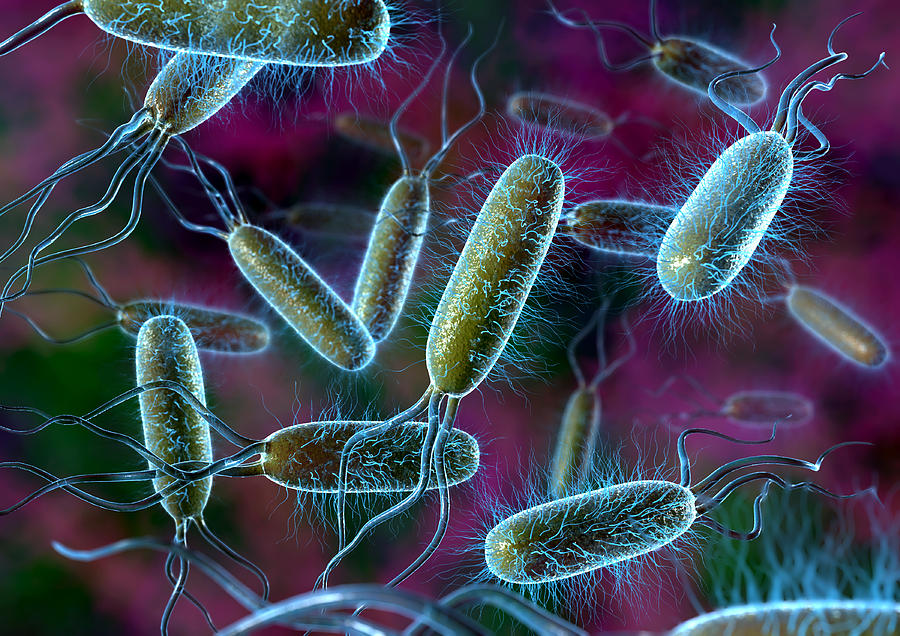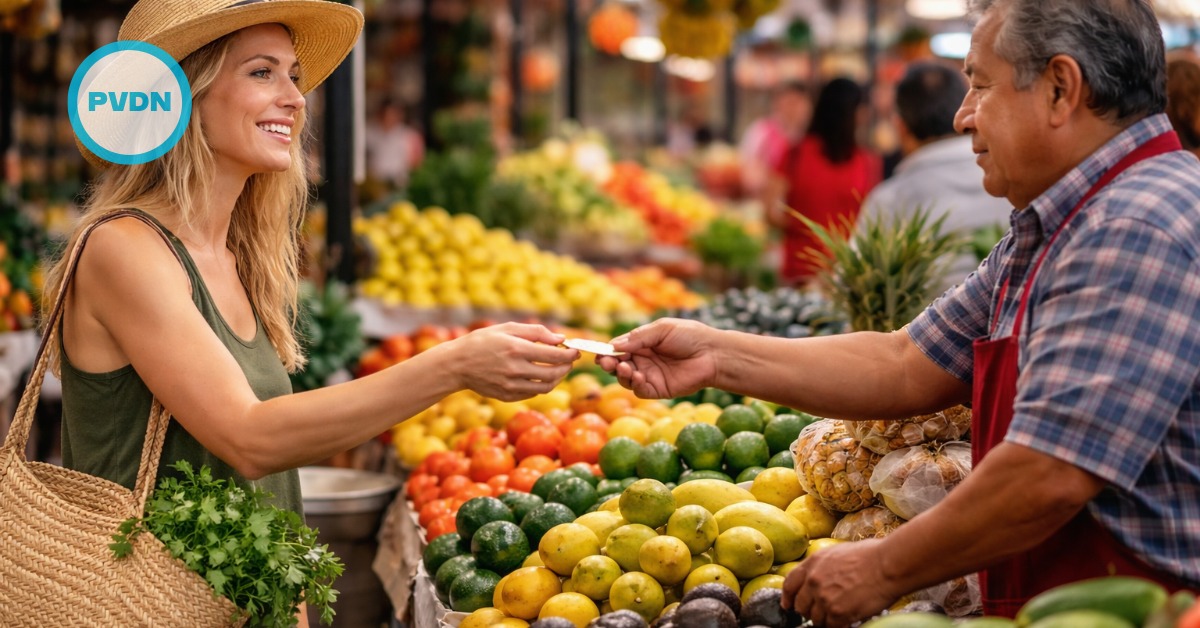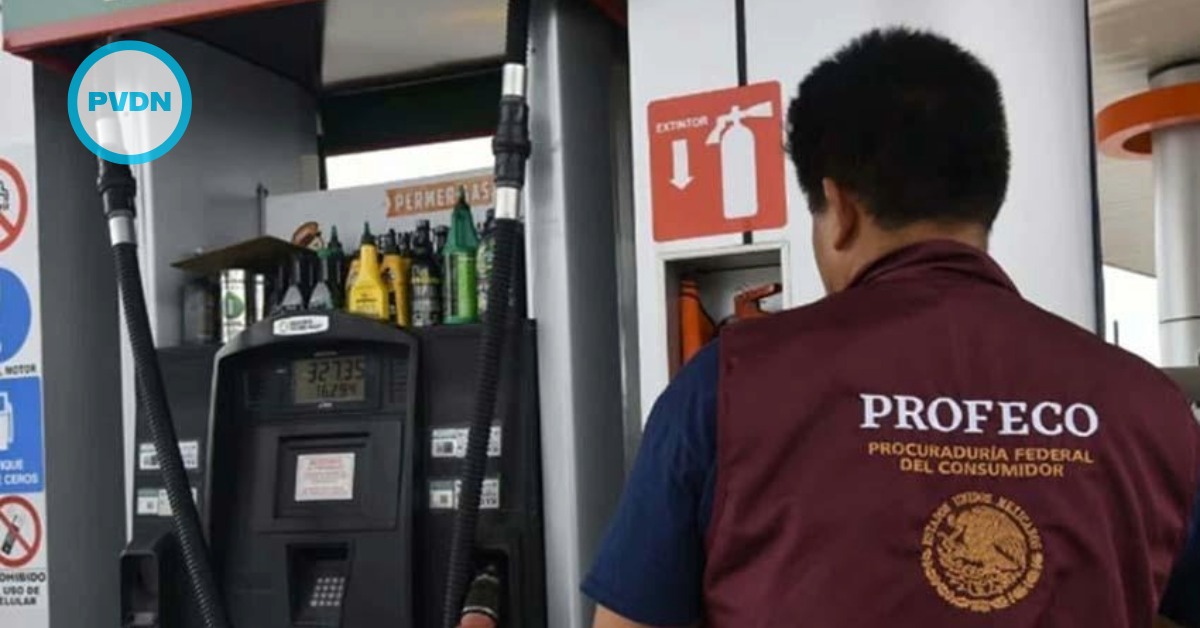Although they are considered the safest spaces, homes are the places with the highest number of pathogenic microorganisms that are identified as responsible for 50 to 80 percent of diarrheal and respiratory diseases of Mexican families.
Scientific studies of the National Laboratory for Research in Food Safety, Center for Research in Food and Development (CIAD), revealed that beyond public places, houses, offices and schools, are prone to the proliferation of infections.
With more than five years of research work, the specialists conducted laboratory tests and reported that the kitchen, rather than a bathroom, is the place where the microorganisms concentrate . . .






